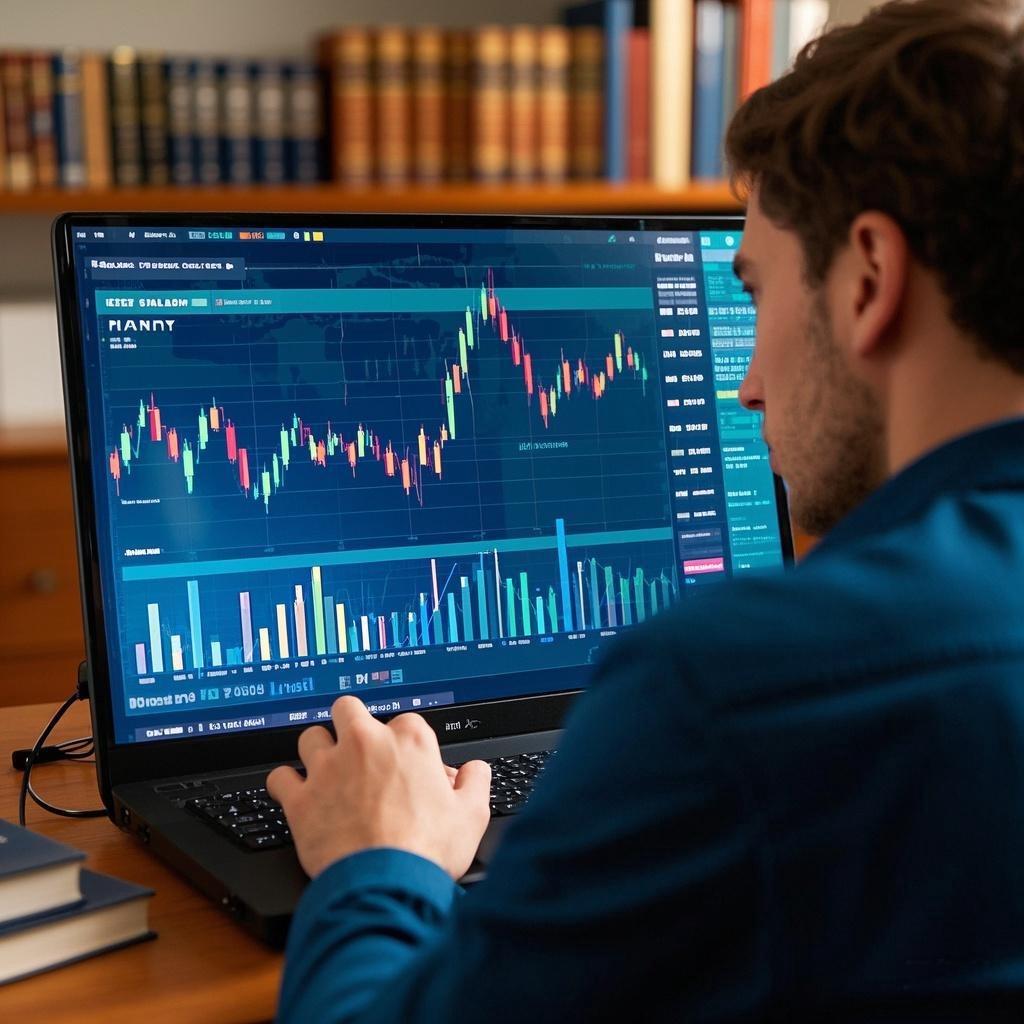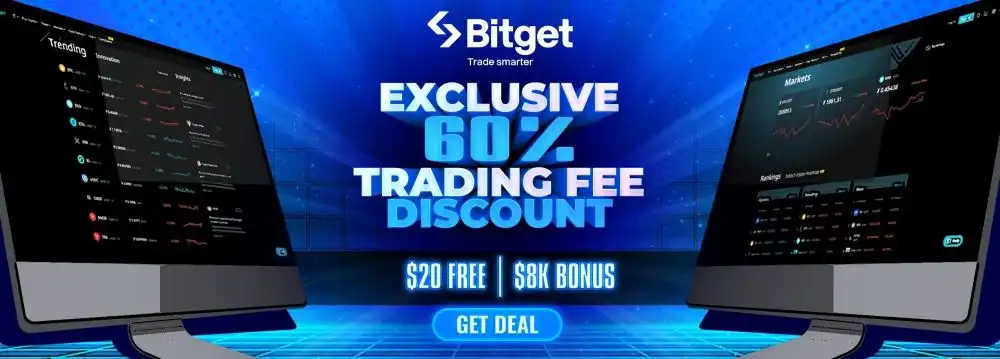Ready to start your Bitcoin journey? Sign up for OKX, Binance, or Bitget today and take your first step into the world of cryptocurrency!
OKX:https://okx.com/join/8798539
Binance:https://accounts.binance.com/register?ref=1031203493
Crypto trading is a field full of opportunities but also fraught with risks, especially for beginners. The following content will focus on naked K-line analysis, trading strategies, and reasonable leverage control to give you some practical advice.
- Learn Naked K-line Analysis: Understand the Market in the Simplest Way
Naked K-line charts (candlestick charts) are the most fundamental yet effective tools in trading. They provide insights into the balance of buying and selling forces in the market. Here are some key points to learn about naked K-line analysis:
1.1 Understanding Candlesticks:
- Bullish Candlestick (Green/Red): Indicates an upward price movement, where the closing price is higher than the opening price.
- Bearish Candlestick (Red/Blue): Indicates a downward price movement, where the closing price is lower than the opening price.
- Candlestick Shadows: Long upper shadows suggest weak buying power, while long lower shadows imply strong support from buyers.
1.2 Key Signals to Look For:
- Support and Resistance Levels: Identify price zones where the market historically rebounds or faces resistance.
- Chart Patterns: Patterns like “Head and Shoulders,” “Double Bottom,” or “Flag” are critical for trading decisions.
- Volume Confirmation: Use trading volume to validate the strength of price trends.
Tip: Beginners can start with simple tools like TradingView, which is excellent for analyzing historical K-lines across stocks, forex, and crypto markets. Review past charts and identify recurring patterns to build your foundational knowledge.
- Trading Strategies: Build Simple and Effective Plans

Instead of diving into complex strategies, focus on straightforward methods. Here are a few beginner-friendly strategies:
2.1 Trend-Following Strategy
- Rules: Trade in the direction of a clear market trend.
- Tools: Use moving averages (e.g., 20-day MA) to assess whether the trend is continuing.
- Stop-Loss Setting: Always set a stop-loss before entering to prevent large losses in case of reversals.
2.2 Breakout Strategy
- Rules: Enter the market when prices break through key support or resistance levels.
- Confirmation: Wait for the candlestick to close above/below the level to confirm the breakout.
- Risk Control: Exit quickly if the breakout fails to minimize losses.
2.3 Range Trading Strategy
- Rules: Trade within a defined price range, buying at the bottom and selling at the top.
- Tools: Use naked K-line analysis to identify range boundaries.
- Control Leverage: Don’t Let Greed Blind You
Leverage can magnify both gains and losses. Here’s how to manage leverage effectively:
3.1 Start Without Leverage
Beginners should stick to spot trading initially to understand the market and avoid the high risks of leverage.
3.2 Use Low Leverage
If you decide to try leveraged trading, limit leverage to 2x or 3x to reduce the chance of liquidation due to market fluctuations.
3.3 Always Set a Stop-Loss
In leveraged trading, stop-loss orders are crucial to prevent excessive losses. Never hold on to a losing position blindly.
- Develop Discipline: Survival Comes First

In trading, survival is the top priority. Follow these rules to stay in the game:
4.1 Avoid Overexposure
Never put all your funds into a single trade. Limit individual trades to no more than 10% of your total capital.
4.2 Trade with a Plan
Define your entry, take-profit, and stop-loss levels before trading. Stick to the plan, and don’t let emotions disrupt your decisions.
4.3 Limit Over-Trading
Set a daily limit for the number of trades you take to prevent emotional exhaustion or reckless decision-making.
- Conclusion: From Beginner to Advanced Trader
For new traders, keep these points in mind:
- Learn to analyze markets using naked K-lines and understand the logic behind price movements.
- Build simple trading strategies, focusing on trends and breakouts.
- Stick to low leverage or spot trading to safeguard your account.
- Maintain discipline and execute your trading plan strictly.
Crypto trading is not a shortcut to instant wealth; it’s a long-term learning process. By mastering trading rules and controlling risks, you can build a solid foundation and go further in this market.
Ready to start your Bitcoin journey? Sign up for OKX, Binance, or Bitget today and take your first step into the world of cryptocurrency!




